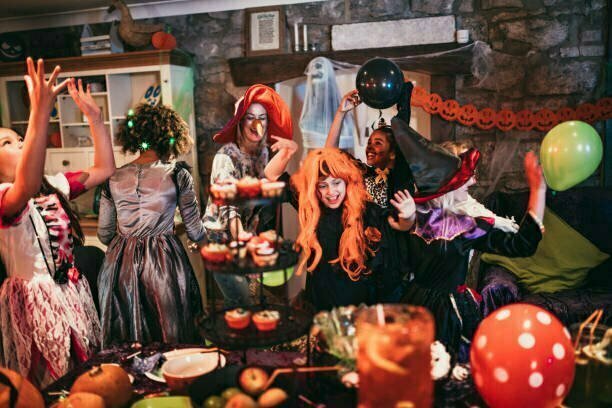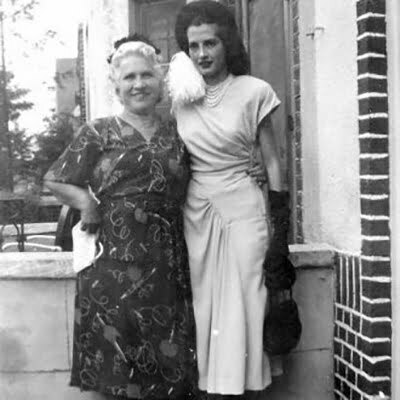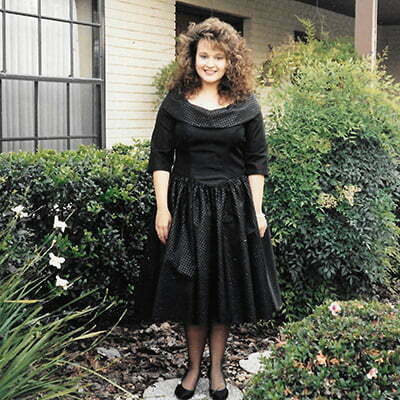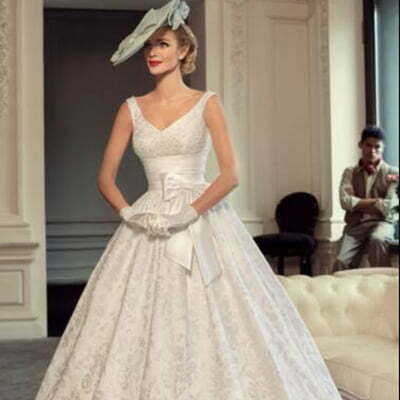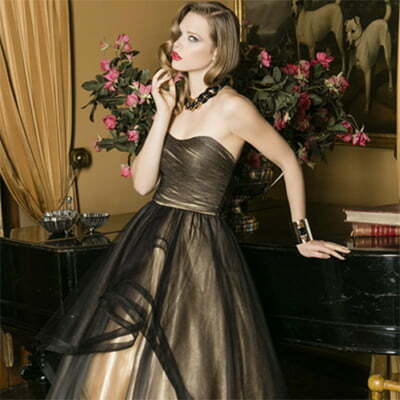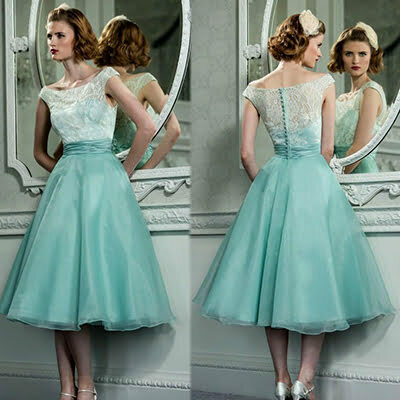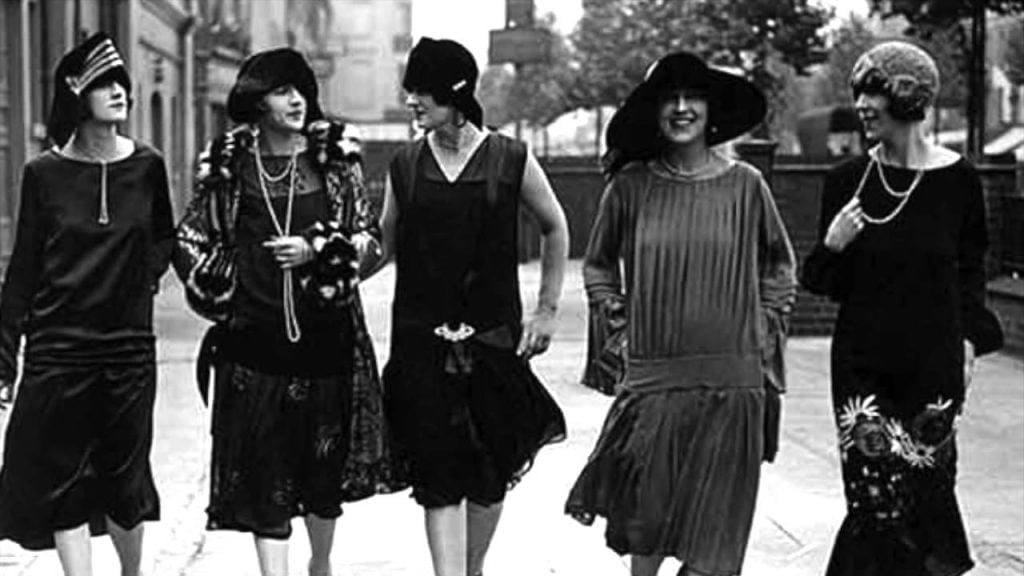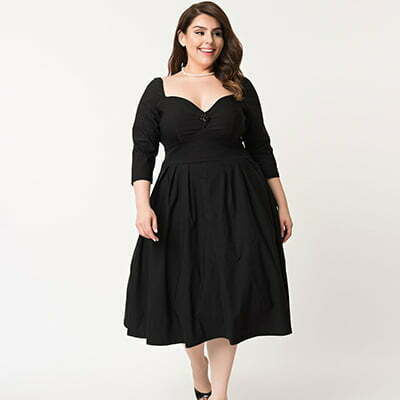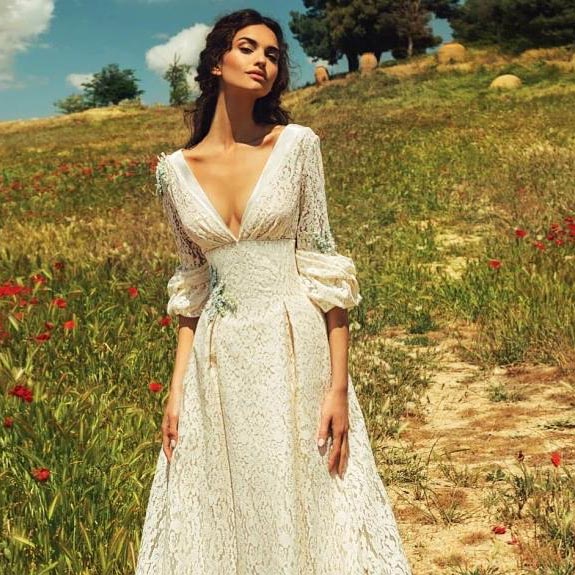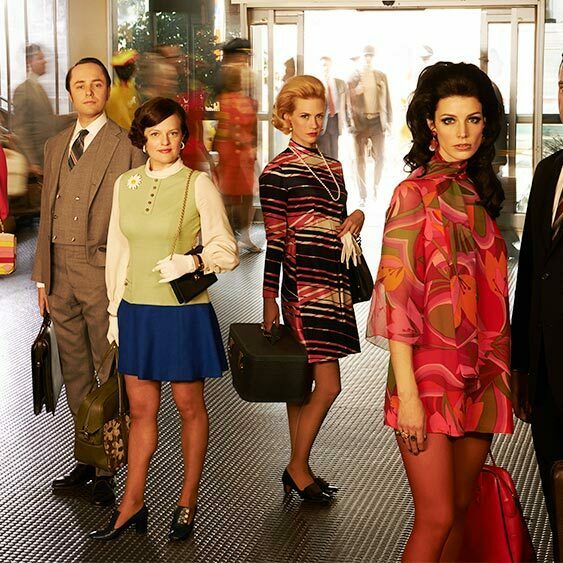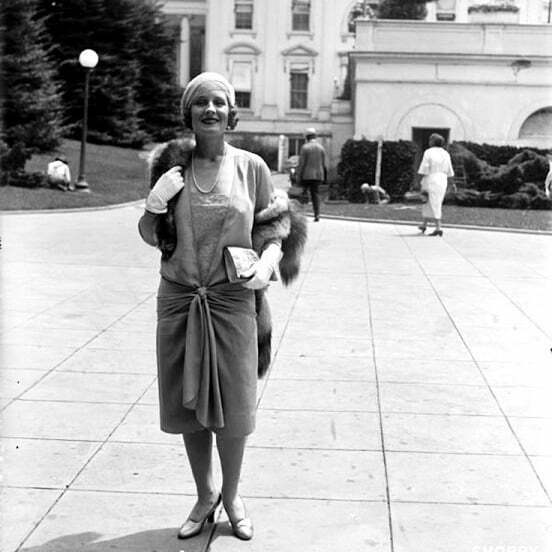Plus Size Fashion Trends in 1950s-Perfect for Larger Body
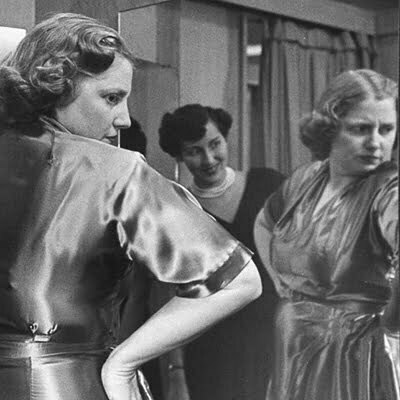
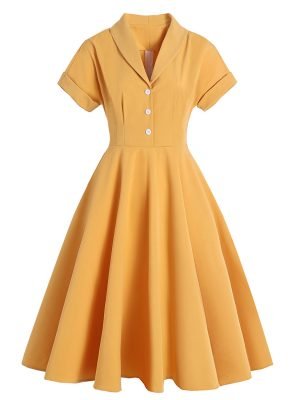
vintage-retro Yellow Dress Retro Lapel Swing Knee Length Dress
From $18.99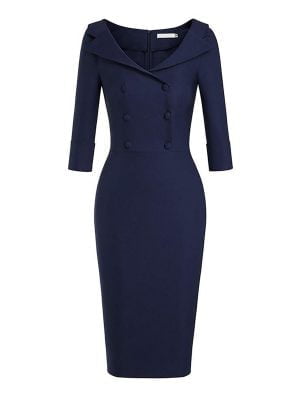
Pencil Dress Vintage Solid Color Double Breasted Wiggle Dress
$36.98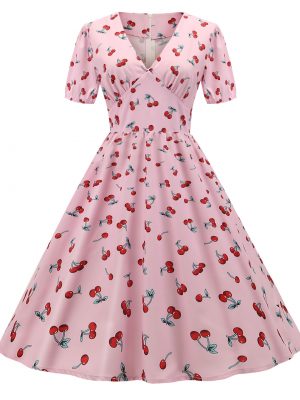
1950‘s Dresses ’Puff Sleeve Pink Cherry Print Dress
$29.99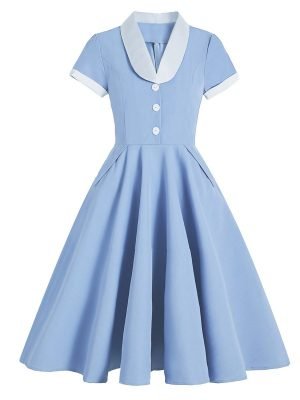
1950s Blue Dresses Short Sleeve Pockets Swing Dresses
$38.99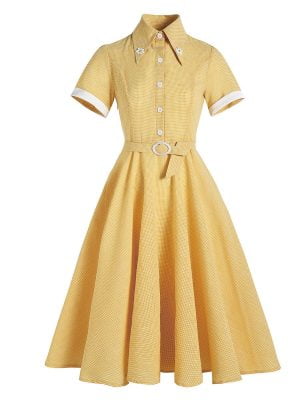
1950s Dress Plaid Polo Collar Waistband Midi Swing Dresses
$38.99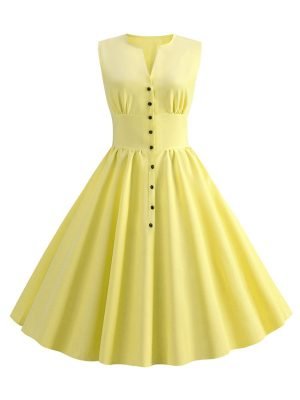
Hepburn Style Tea Dress Sleeveless Solid Color Midi Dress
$27.99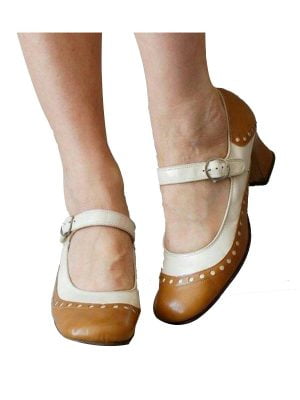
Mary Janes Pumps Round Toe Adorable Buckle Vintage Shoes
$33.99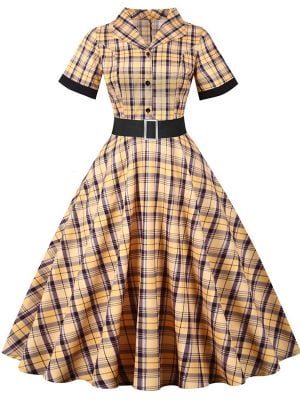
vintage-retro 50s Dresses Single Breasted Short Sleeve Belt Design Plaid Dresses
$31.99Antique plus size fashion trends of the world had not always been accommodating to the larger body, but the 40s and 50s certainly introduced a style that was both appealing and desirable to the user.
Attractive garments were accessible to people of all shapes and sizes. The fashion trends of the 1950s were quite attractive to a complete-figured lady. Let us further educate you about the plus size women’s clothing from the 50s.
50s Right Undergarments
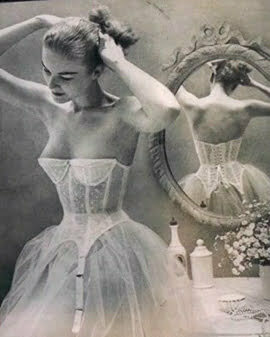 The easiest way to ensure that the clothing suits you properly is to get the correct underwear. Therefore, make sure to bear in mind the trends you’re going through and what underwear can help you achieve.
The easiest way to ensure that the clothing suits you properly is to get the correct underwear. Therefore, make sure to bear in mind the trends you’re going through and what underwear can help you achieve.
A petticoat helps a lot with broad skirts, and slips are necessary for all types of fitted dresses. Such undergarments are no unique from the specifications for the normal size of the ladies.
Back in the 50s, Dior’s launched new shape and it was the most sought-after trend for women of every size. Women in all ages were trying to attain the hourglass figure, and the corsets of Merry Widows were very much in fashion.
They were a representation of womanhood, and they were iron corsages that hindered mobility, breathing, and feeding. Yet both of these items were subordinate to the design requirements of the period.
Components of the Perfect Plus Size Dress in the 1950s
The following were all the factors that made plus size women’s clothing chic and admirable.
Appropriate Lining
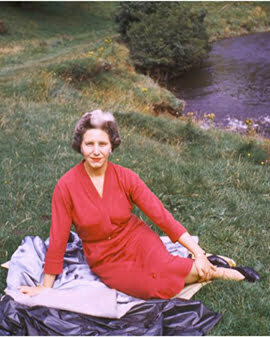 Lines of persistent, uninterrupted longitudinal flow, or outward, tilted diagonals can change the way you look. Rather constrained curves can offer added elegance, whereas extreme straight lines continue to highlight roundness.
Lines of persistent, uninterrupted longitudinal flow, or outward, tilted diagonals can change the way you look. Rather constrained curves can offer added elegance, whereas extreme straight lines continue to highlight roundness.
The 1950s dresses for plus size women stayed clear of horizontal lines. They had vertical or twisted lines and designs as well as slim positioning.
Flowy Silhouettes
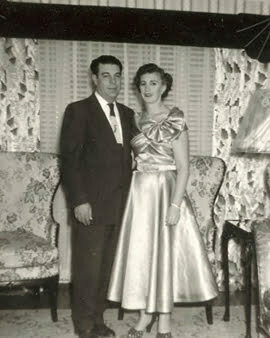 The 1950s plus size dresses had silhouettes that were elegant and fluid, with different tubular forms, giving the illusion of being draped on the body. The 1950s plus size dresses had a simple, relaxed fit since a tight fitted dress can cause the body to look bigger.
The 1950s plus size dresses had silhouettes that were elegant and fluid, with different tubular forms, giving the illusion of being draped on the body. The 1950s plus size dresses had a simple, relaxed fit since a tight fitted dress can cause the body to look bigger.
Slimming Skirts
The 1950s plus-size skirts were plain, line-flowing, never narrow or tight. They were worn long enough to relieve the impact of broad thighs, and with some convenient wholeness at the bottom to lend grace to walking and supporting the body.
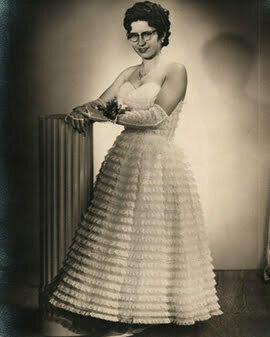 The coat-style dress of the 50s took the emphasis away from the wide shape of the profile and divided the distance into the vertical regions. The pencil skirts were fine as long as they hung straight or flourished at the bottom. Circle skirts were always beautiful and attractive for all types of frames.
The coat-style dress of the 50s took the emphasis away from the wide shape of the profile and divided the distance into the vertical regions. The pencil skirts were fine as long as they hung straight or flourished at the bottom. Circle skirts were always beautiful and attractive for all types of frames.
Slimmer Sleeves
The 1950s slimming dresses had sleeves cut to the preference and provided a thinning impact when properly designed. When stretched to the wrist in simple fit or with a few inches over the elbow, they appeared to conceal the scale of the broad forearm.
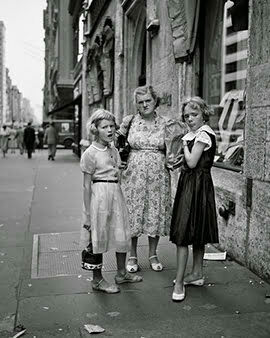 Large, loose sleeves continued to expand the body. Strong upper arms could never be completely displayed in the evening dress, but partly protected with rolled sleeves or a delicate scarf.
Large, loose sleeves continued to expand the body. Strong upper arms could never be completely displayed in the evening dress, but partly protected with rolled sleeves or a delicate scarf.
Fully covered arms were also a standard slimming procedure for the plus-size ladies. Seeking retro sleeves dresses was quite a task in the day. Wearing a cardigan jumper over clothing was also a great option back in the 50s.
Bustlines and Waistlines
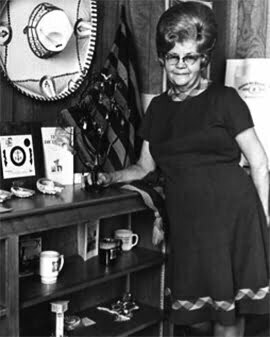 Bustlines in the 50s were created with subtly draped roundness or simplicity, rather than being immodestly sleek and tight, they should be interrupted by any longitudinal or sideways shift. Light layers or trim around the bust became a popular look in the 1950s.
Bustlines in the 50s were created with subtly draped roundness or simplicity, rather than being immodestly sleek and tight, they should be interrupted by any longitudinal or sideways shift. Light layers or trim around the bust became a popular look in the 1950s.
Waistlines, typically broad in the frame, were reduced by any line inconsistency that may not describe the waistline, such as seams or panels that bring the vision upward and backward to the shoulder more inward as it reaches the waistline.
Half belts or short, discreet self-material belts were also used. A slim belt with contrasting cloth or fabric was highly effective at accentuating a waistline.
Prints and Colors
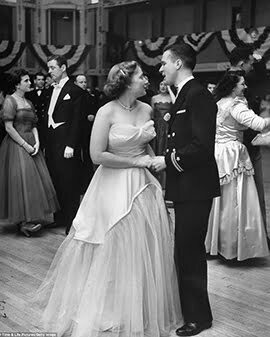 The 1950s plus size fashion had darker tones that were sometimes softer and gray; cooler variations and some that that were bright-warm, based on the degree of firmness, texture, and disposition.
The 1950s plus size fashion had darker tones that were sometimes softer and gray; cooler variations and some that that were bright-warm, based on the degree of firmness, texture, and disposition.
Complexion and hair color have a lot to do with choosing the color of the dress. However, it is a well-known fact that darker colors such as black make a person look thinner and this trick was used by the 1950s designers as well.
Prints that are broadly spaced and in high contrast draw exposure to size. Therefore, the designers of the 50s selected smaller prints, not very vibrant ones. They also used shades that were not conflicting. For example, tiny dot print is more likely to appear nicer on a plus-sized woman.

